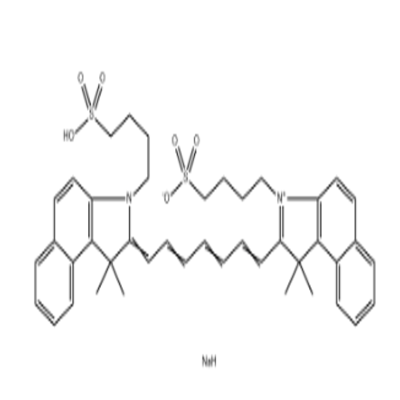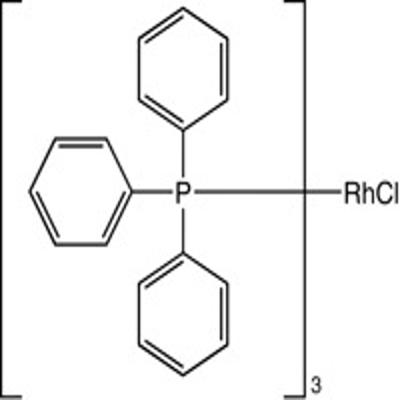First time! Scientists have successfully developed human immune cells in a dish
-
Last Update: 2020-01-15
-
Source: Internet
-
Author: User
Search more information of high quality chemicals, good prices and reliable suppliers, visit
www.echemi.com
In the future, scientists may hope to use patients' own skin cells to generate new cells for cancer immunotherapy or intervention measures to detect autoimmune diseases Recently, an international journal Nature Cell In the Research Report on biology, scientists from Murdoch children's Institute have successfully cultivated human immune cells in Petri dishes for the first time on a global scale Source: Murdoch children's Research Institute (MCRI) Now researchers have solid evidence to show how early immune cells in the body are formed by cells that form the first organ of an embryo, not by hematopoietic stem cells in the body's bone marrow In this paper, researchers developed new stem cells by using two powerful laboratory techniques First of all, the researchers engineered the pluripotent stem cells When the special early marker named RAG1 in the early immune cells is turned on, these pluripotent stem cells will emit green light RAG1 is responsible for the immune response of the body against infection and vaccine The researchers then isolated and analyzed the glowing RAG1 positive cells and found that they were able to form a variety of immune cell types, including those needed to shape the overall immune system Professor Stanley, the researcher, said that these early cells are crucial for the maturation of the thymus, a key organ that can serve as a "nursery" for T cells These RAG1 are like painters and decorators in the process of building a "baby sitter", which can provide a safe and comfortable environment for later born immune cells Although it may take many years for the relevant research results to enter the clinical application, the results of this study may help scientists understand the pathogenesis of diseases such as childhood leukemia and type 1 diabetes At present, researchers are carrying out more in-depth research to find out the mystery Original source:
This article is an English version of an article which is originally in the Chinese language on echemi.com and is provided for information purposes only.
This website makes no representation or warranty of any kind, either expressed or implied, as to the accuracy, completeness ownership or reliability of
the article or any translations thereof. If you have any concerns or complaints relating to the article, please send an email, providing a detailed
description of the concern or complaint, to
service@echemi.com. A staff member will contact you within 5 working days. Once verified, infringing content
will be removed immediately.







